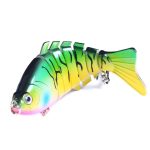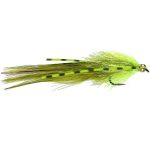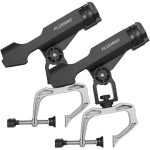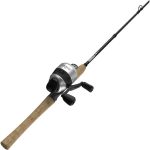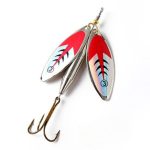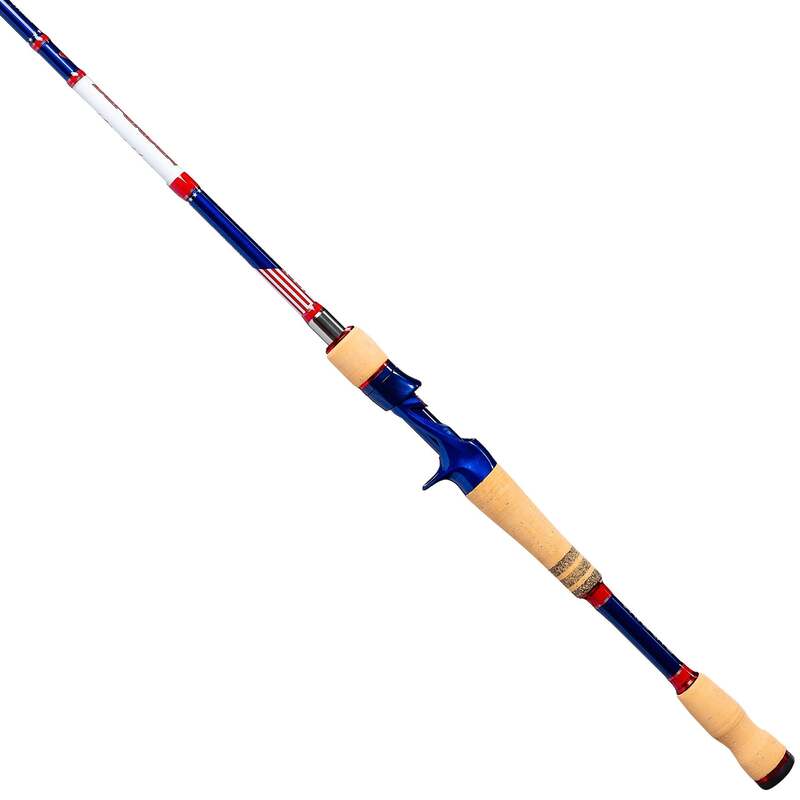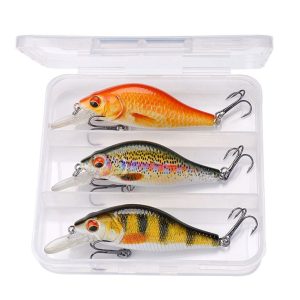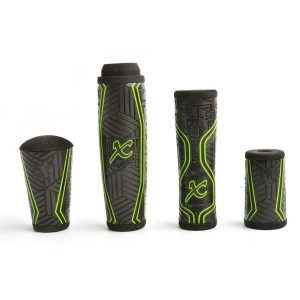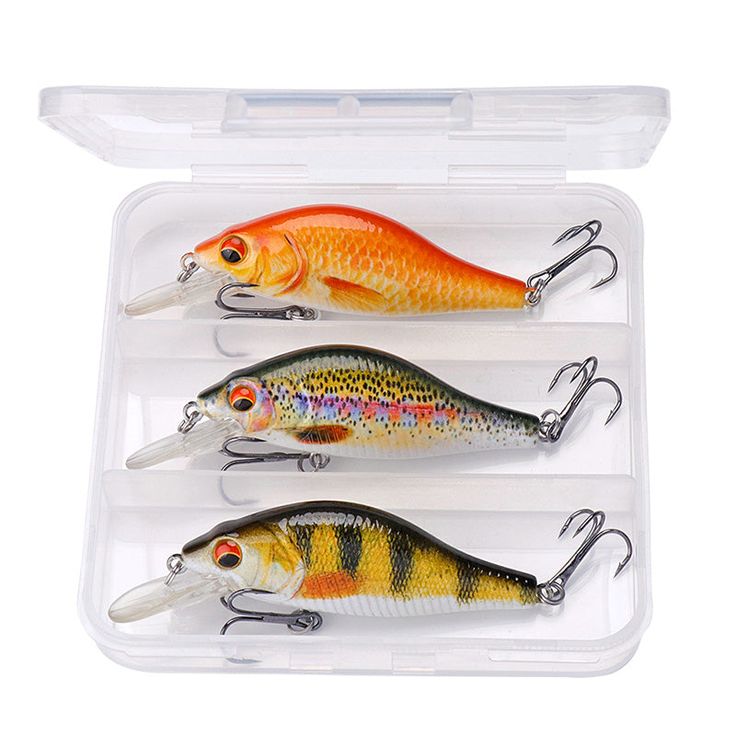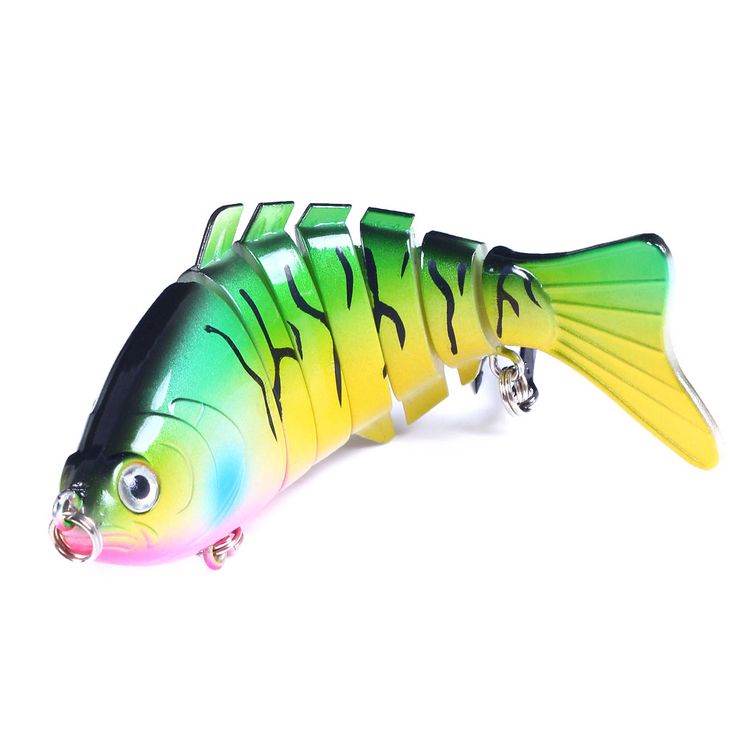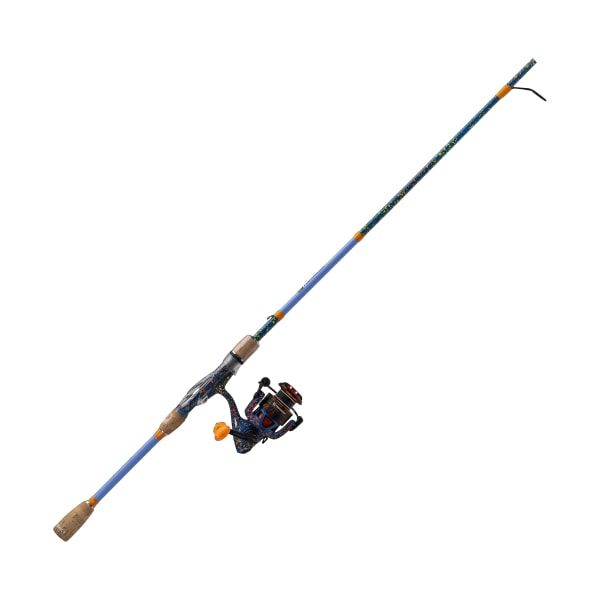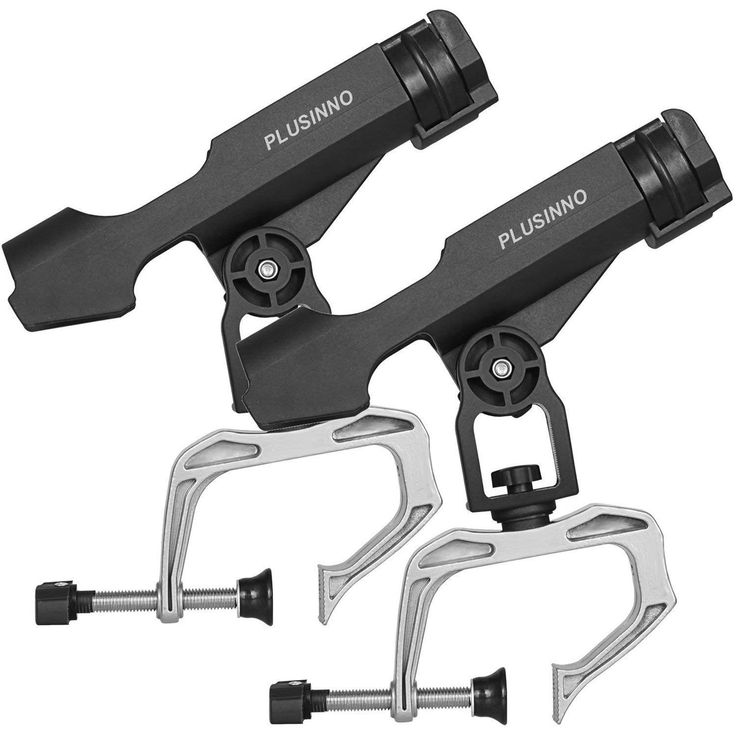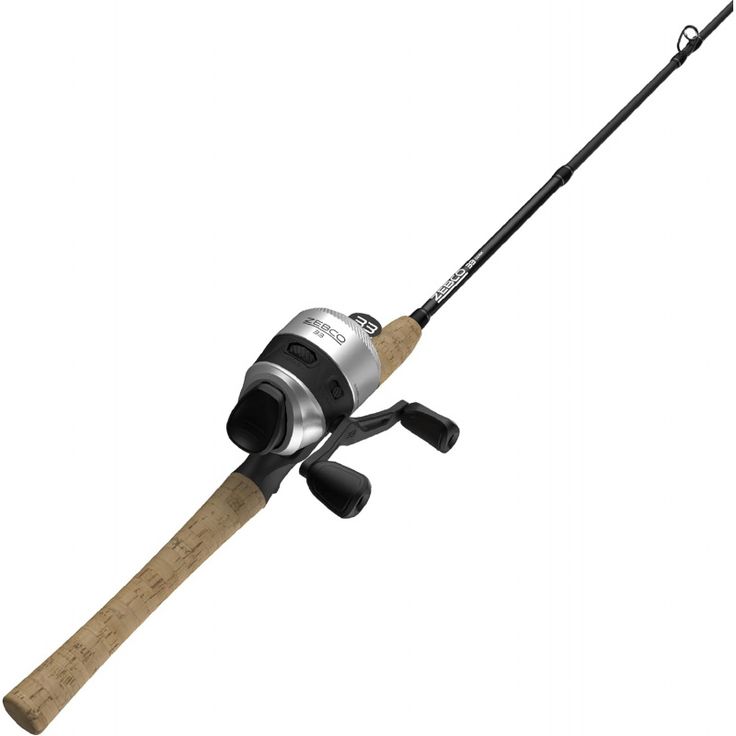Fishing is an age-old pastime that brings joy to countless enthusiasts. The thrill of catching fish is exhilarating, but the initial step is casting your fishing rod effectively. Learning how to cast correctly can significantly enhance your fishing experience. Each cast can either lead to a catch or a lesson learned. This article explores various techniques for casting your fishing rod. It will cover fundamental principles, tips for practice, and advanced casting strategies.
Understanding the Basics of Casting
Casting is the technique of throwing bait and lures into water. Mastering this skill is essential for successful fishing. To start, you ought to familiarize yourself with your fishing rod and reel. This equipment is the foundation of your fishing success. You need to understand its components, including the line, lure, and rod action.
Choosing the Right Fishing Rod
Selecting an appropriate fishing rod is crucial for effective casting. Different types serve various fishing styles. Spinning rods are versatile and suitable for beginners. Baitcasting rods offer precision, but they require more skill. Ultimately, the right rod depends on your fishing goals. When you choose wisely, your casting becomes easier and more accurate.
The Role of Fishing Line
The fishing line plays an integral role in casting. It comes in various types, including monofilament, braided, and fluorocarbon. Each type has its advantages and disadvantages. For example, braided lines offer strength but can be visible to fish. Monofilament lines are easy to handle and versatile. Choosing the proper line is vital for maximizing your casting distance and accuracy.
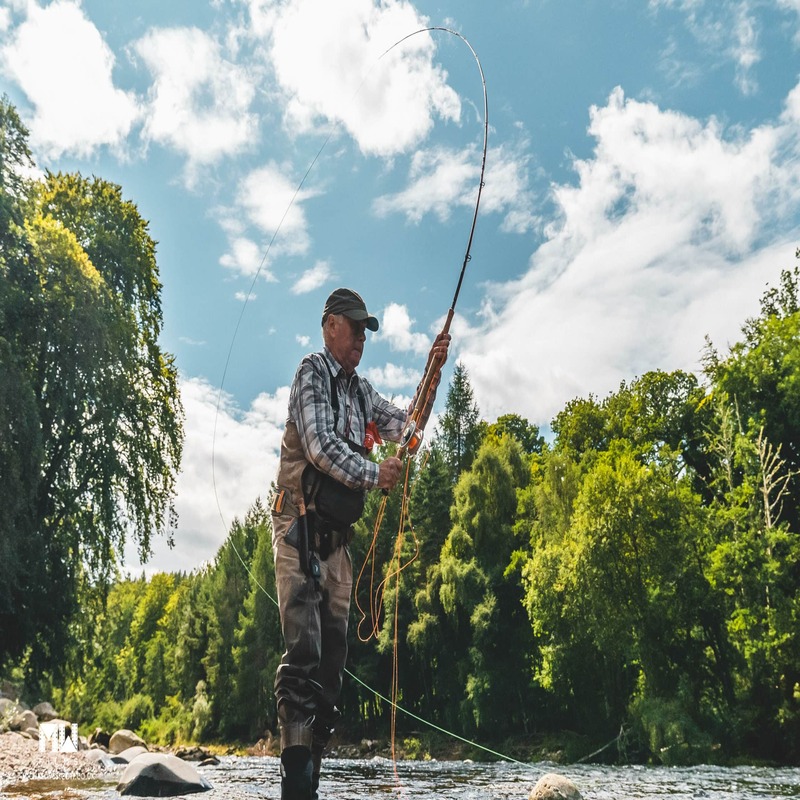
Basic Casting Technique
Once you have the right equipment, you can learn the basic casting technique. Proper form, grip, and timing are essential. A good cast begins with a solid stance. Stand with your feet shoulder-width apart for balance. Holding the rod correctly will improve your control. Ensure your fingers are positioned comfortably around the rod’s grip.
The Importance of Body Position
Your body position is crucial when casting. Bend your knees slightly for a stable base. This position will help absorb any strain during the cast. Next, pivot your upper body towards the target. This will enhance your casting distance and accuracy. Maintaining proper posture makes a substantial difference in performance.
Executing the Cast
To perform the cast, lift the rod gently. Start with the rod tip positioned near your shoulder. When you feel ready, flick your wrist while pushing the rod forward. The motion should be smooth and controlled. As the rod moves forward, release the line. Timing this release is vital. A well-timed release will send your bait soaring.
Common Casting Mistakes
Despite one’s best efforts, mistakes can occur while casting. Identifying these issues is the first step toward improvement. Common errors include overshooting and undershooting. Overshooting involves casting too far and losing bait. Conversely, undershooting may mean failing to reach potential fishing spots. Both scenarios can hinder your fishing experience.
Analyzing Your Technique
Analyzing your casting technique is essential for improvement. Recording yourself can provide insight into your form. Check for any awkward movements in your wrist or body. Celebration should come with successful casts, but keep in mind where you can adjust your technique. Once identified, you can work on refining your approach.
Practice Makes Perfect
Regular practice is vital for mastering casting techniques. Consider local parks or lakes to hone your skills. Devote time each week to practice different casting methods. Try various rod and reel combinations during practice sessions. Consistency is key. As you become more comfortable, your confidence will grow.
Advanced Casting Techniques
Once you’ve mastered the basics, consider exploring advanced casting techniques. Techniques such as roll casting and sidearm casting can enhance your fishing capabilities. These methods offer better precision in various conditions. Adapting your casting style will help you navigate challenging environments. For those looking to improve their skills, these techniques are worth exploring.
Roll Casting
Roll casting is particularly beneficial for short distances and limited space. This technique requires minimal backcasting—ideal for tight spots. Start by raising your rod tip above water. As you make your forward cast, roll the line over the water’s surface. This motion reduces splash and disturbance. Mastering roll casting can significantly increase your effectiveness in challenging terrains.
Sidearm Casting
Sidearm casting is another technique to add to your skill set. This technique allows for a flatter trajectory. It’s particularly useful in windy conditions or when navigating obstacles. Hold the rod horizontally and move your arm in a swift sideways motion. This is effective for reaching targets tucked under branches or along the shore. This technique can significantly increase the variety of fishing environments you can tackle.
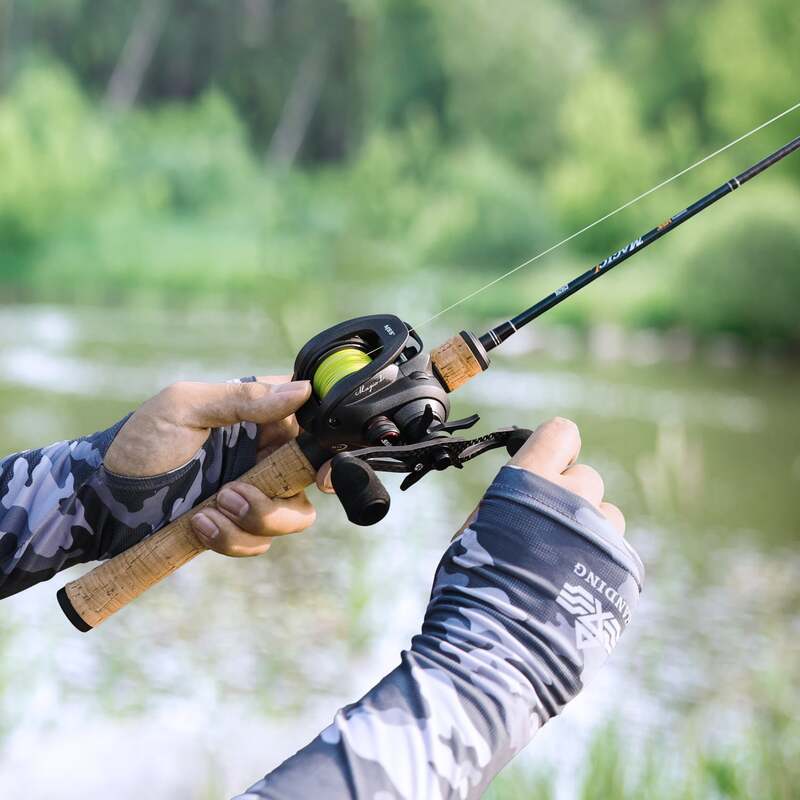
Choosing Lures and Baits
An often overlooked element of casting is the choice of lures and baits. The right bait can lure fish effectively. Moreover, it can influence casting performance. Each type of well-chosen bait offers unique benefits. Understanding the behavior of fish can help you select the appropriate bait. Matching your bait to your fishing environment is crucial.
Types of Lures
There are several types of lures that anglers use. Each serves a unique purpose. For example, artificial lures mimic the movement of prey. They draw fish in with their colors and movement. On the other hand, live bait is often preferred in many fishing circumstances. Fish are naturally attracted to scents and motions of live bait. Knowing the type of fish you are targeting can guide your selection.
Seasonal Considerations
Fish behaviors and preferences can vary with seasons. Therefore, adapt your bait choices accordingly. In warmer months, fish may be more inclined towards surface lures. Conversely, in colder months, deeper-water lures become essential. Understanding these seasonal changes can optimize your fishing outcomes. Adjusting can make the difference between a good day and a poor one.
The Mindset of a Successful Angler
Casting is not solely a physical skill; it also requires a positive mindset. Developing a success-oriented perspective is key. Emphasizing patience, resilience, and optimization can improve your fishing attempts. Sometimes, the conditions may not be favorable. Yet, your attitude can impact your overall experience. This mindset can lead to a more fulfilling fishing journey.
Patience and Persistence
Fishing requires both patience and persistence. You can often sit for long stretches waiting for a bite. Expectations should be tempered with realism. Not every outing will yield results. Learning to embrace the experience, regardless of outcomes, enhances enjoyment. This perspective foster resilience; it encourages you to return, eager for more attempts.
Learning from Setbacks
Setbacks in fishing can serve as unique learning opportunities. Reflect on the situations that yield no catch. Analyze the conditions, choices, and techniques applied. Each failure can reveal something new about your casting skills. Embrace the chance to grow and adapt. Apply these lessons on your next outing, enhancing your overall fishing experience.
The Role of Technology in Casting
Technology has transformed the fishing experience, especially in casting. Advanced gadgets and tools can enhance your skills. Many anglers now utilize fishing apps, gear, and smart rods. These innovations provide valuable insights and metrics. While traditional techniques are invaluable, technology can optimize your chances of success.
Fishing Apps
Fishing apps offer a plethora of information at your fingertips. These platforms often provide local fishing reports, weather updates, and helpful tips. Some apps even feature premium maps, allowing you to navigate preferred fishing spots. Staying informed through technology can enhance your overall strategy. Thus, effectively integrating technology into your fishing outings makes sense.
Smart Rods and Reels
Smart rods and reels have emerged as game-changers in fishing. These innovative tools often come with integrated sensors. They can detect bites and provide real-time feedback. Moreover, data collection features help you evaluate your performance. Adapting technology to your experience can elevate your casting endeavors while enhancing the excitement of fishing.

Fishing Ethics and Conservation
While mastering casting techniques undoubtably enhances your skills, it’s crucial to be mindful of fishing ethics. Conservation plays a vital role in preserving fish populations and ecosystems. Responsible fishing practices yield long-term benefits for aquatic life. Ultimately, your ability to cast effectively contributes to the sport’s sustainability.
Practice Catch and Release
One effective conservation practice is catch-and-release fishing. This technique allows fish to swim away unharmed. While catching fish can be exciting, preserving the population is equally important. By releasing fish properly, you contribute to their survival and growth. This ensures future generations of anglers continue to enjoy the sport.
Cleaning Up After Fishing
Another critical aspect of responsible fishing is cleaning up afterward. Littering can harm aquatic ecosystems and wildlife. Dispose of trash properly and encourage others to do the same. Following environmental guidelines is essential for minimizing your impact on fishing locations. Protection and preservation have a profound impact on the fishing landscape.
Conclusion: Enjoying the Experience
In conclusion, casting a fishing rod is an art that combines technique, equipment, and mindset. Mastering the basics opens the door to advanced techniques. It enhances your ability and keeps you engaged. Remember, practice and analysis are essential to improving your casting fishing rod skills. Technology can supplement your experience, but it will always be rooted in technique and ethics. By focusing on these aspects, you can maximize your fishing experience, ensuring every cast is rewarding. Embrace the journey of becoming a skilled angler. Your adventures await, and each cast can lead to a new learning experience. Happy fishing!

